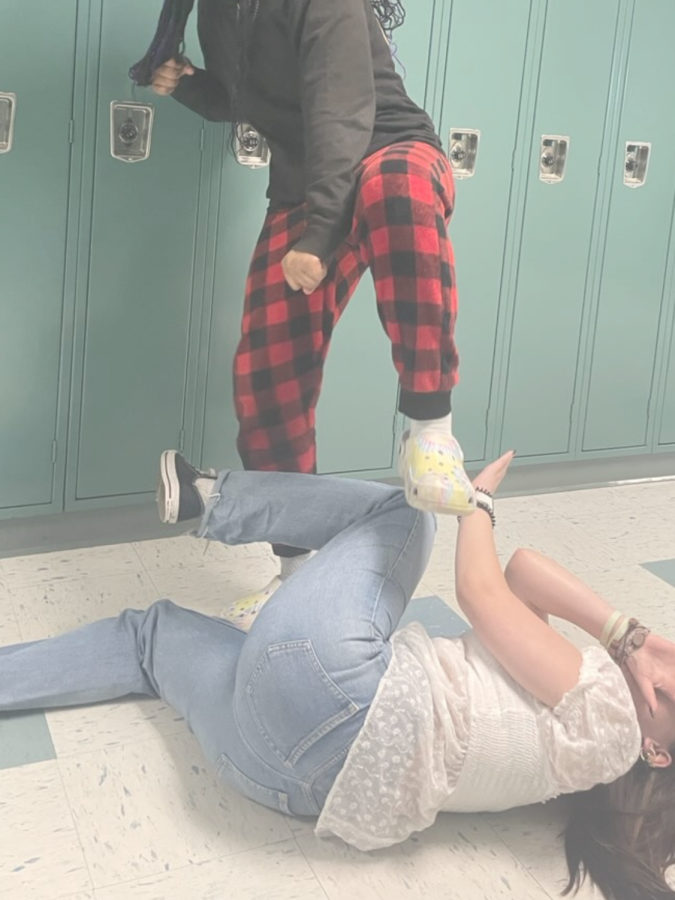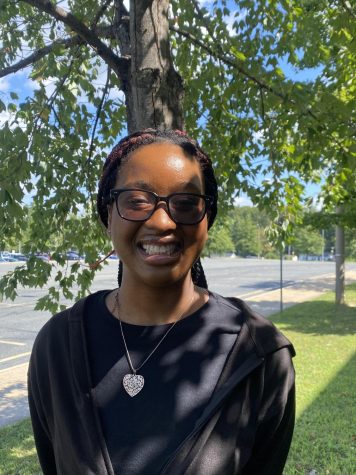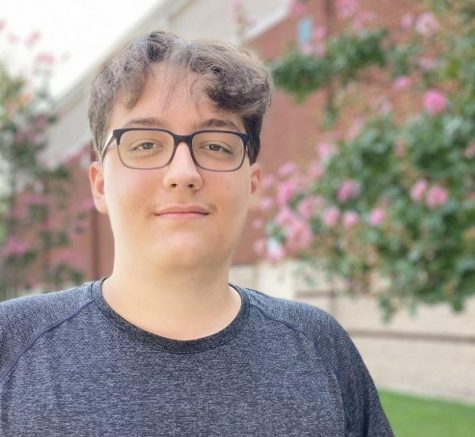School Fights: How recording leads to violence
Staged photograph depicting a student kicking down on another student.
May 15, 2023
The Riverbend fight that left teachers, students, and parents alike in shock by its brutality. Numerous rumors about the well-being of the boy injured in the fight made their way throughout the school and social media, stating that he had been paralyzed and was in a coma.
The video of the altercation has been shared countless times on many social media platforms, with one video shared on Twitter gaining over 500,000 views.
As the video became more and more widespread, parents with students attending Riverbend High began flooding the school’s administration with emails and phone calls expressing their concern for their student’s safety. The severity of the conflict and the outcry from parents prompted the Spotsylvania Sheriff’s Office Resource deputies to release an official statement. The statement described the incident in full, revealing that the brawl involved teens aged 14 to 17 years old, with legal measures being taken against the 8 students involved.
Administrators from other schools have taken this occurrence as a prompt to evaluate their own policies, with some increasing the suspension time for fighting, while other schools contemplate restricting student privileges.
“Depending on the impact, fights can cause other things and privileges to be taken away. We’ve doubled down at this risk and the danger. When we have physical conflicts, we take the side of caution and try to put students in the best situation where it won’t happen,” Mr. Gregory Daniel, principal, said. Some of the consequences have already been put in motion as power hour has been completely taken away for the remainder of this school year.
While parents were terrified at the thought of this potentially happening to their children, some students found the fight thrilling.
Watching the fight, talking about it, sharing it, and making jokes about the altercation became commonplace among students, with memes and edited videos of the fight being posted and shared on various social media platforms.
Although fighting in general has been steadily decreasing over the past 30 years, with a study in 2019 reporting only 8% of high school students have been involved in a fight on school property, the rise of social media has made it so videos of the altercations can reach thousands of people in an instant. According to the Pew Research Center, 95% of teens that use social media have witnessed a video of an altercation. These easily spread clips of violence have caused some students to become desensitized, and less affected when these fights occur.
“I don’t think a lot of teenagers take fights seriously. They think of them as mostly entertaining because of social media and don’t really understand the real risk. Watching fights on your phone makes the fight and the people in it seem less real,” Cortney Imes (‘23) said.
Constantly seeing these videos on social media has increased the prevalence of the bystander effect as well. The bystander effect is when due to influence or unwillingness a person refuses to get involved when someone needs help. This effect has evolved due to social media, with students rushing to video a fight instead of reporting the altercation to a member of the school staff.
“People post about fights so people can ask them about it. They like sending them and seeing different ones posted by this or that person. I think students get caught up in enjoying the drama and excitement surrounding a fight,” Hyaden Pacneco (‘26) said.
Although for some this comes as no surprise, as violence in general is ingrained deep in our society, especially in our entertainment industry. WWE and MMA for example are some of the most-watched sports on television currently, with the WWE gaining over 1.7 million views per episode.
Other than sports, some of the most violent shows in television history like Game of Thrones also attract millions of viewers. The award-winning fantasy adaptation averaged 32.7 million views per episode, with its final season hitting 46 million viewers per episode. Game of Thrones is notorious and praised for not shying away from showing very graphic scenes, With the most violent episode in the show Red Wedding bringing in more than 5.5 million views and winning the title of the most watched episode of the series.
While themes of violence in the media are seen as a norm, other topics dealing with things such as bodily autonomy have continued to be scorned. One of the popular and more recent examples of this comes from the backlash Disney’s 2022 hit Turning Red received. The movie centers around Mei Lee, a 13-year-old Chinese-Canadian girl living in Toronto who discovers the women in her family have inherited the ability to turn into a giant red panda. It explores mother-daughter relationships, intergenerational trauma, and puberty.
As the movie progresses, we see Mei’s panda as a not-so-subtle substitute for discussing periods. Reviews of the film criticized it for its “inappropriate” and “sexualized” storyline, with some parents on Twitter calling it “disappointing”, “disgusting”, and “too much for kids under 13”. The topic of menstruation only comes up very few times in the movie and never talks about it in explicit detail. While the slightest mention of bodily autonomy in any media receives backlash and hate, violence is considered natural, especially in the US.
Violence is seen by many individuals as a way to resolve conflict. Whether the conflict is over money, relationships, or a fake pair of shoes. Before we as a society can truly take a step toward fully understanding each other, we have to know why we fight.
“The US focuses more on military, military spending, and protecting its borders, rather than focusing on everyone just being considered a human and finding solutions to the human condition,” Mr. Pereklis Smith said.




